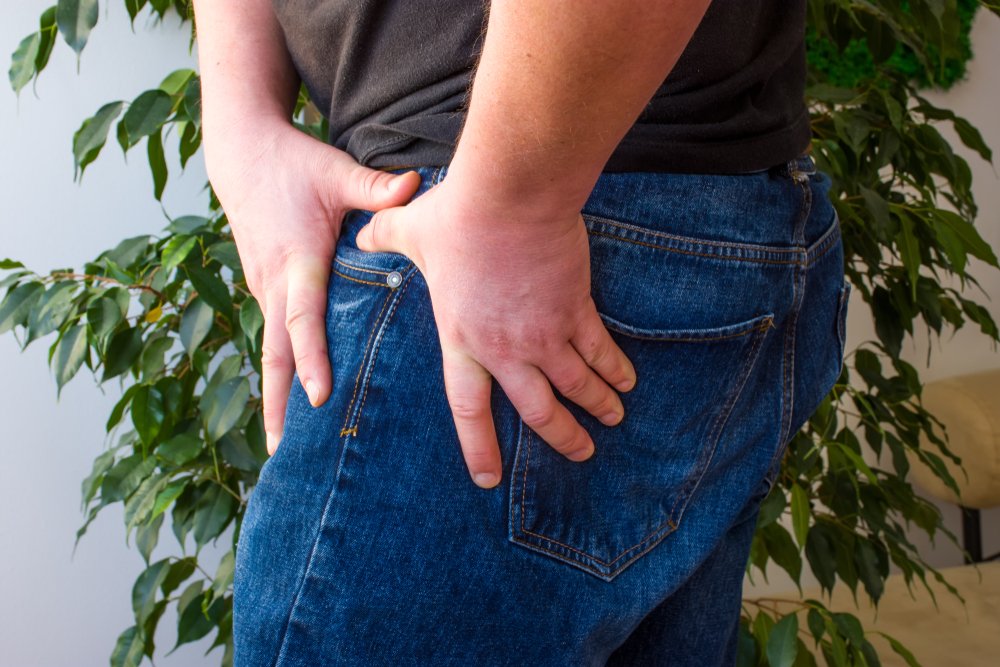
What are the Symptoms of Hip Bursitis?
Trochanteric Hip bursitis is a common orthopedic condition characterized by pain and tenderness at the outer part of the hip. Typically the pain is worse at night especially while lying on the affected hip and when getting up from a chair. It may become more prominent after walking, climbing stairs or squatting. In early stages, pain may be sharp and localized, but over time it is spread across a larger area of the hip and more of a dull ache.
Who Gets Hip Bursitis?
Hip Bursitis may affect anyone but is more commonly seen in women and middle aged and elderly individuals. Risk factors associated with developing Hip Bursitis include:
Bone Spurs or Calcium deposits within tendons of the hip which may cause inflammation.
Spine Disease such as Degenerative Osteoarthritis of Lumbar Spine or Scoliosis which may affect gait.
Repetitive Stress or Overuse Injury after prolonged standing, walking, running, biking or climbing stairs.
Rheumatoid Arthritis which can cause inflammation in the bursa.
Leg Length Difference resulting in one leg being shorter than the other, which may affect gait.
Hip Injury in the localized region from a fall, or lying on one side of the body for a prolonged time.
How Do You Diagnose Hip Bursitis?
Hip bursitis is a clinical diagnosis - primarily based on patient's symptoms and physical examination findings. Imaging studies such as X-rays or MRI may be utilized to evaluate for hip arthritis.
How Do You Treat Hip Bursitis?
The initial treatment for hip bursitis includes conservative management:
Activity modification to avoid stress on the hip bursa.
Nonsteroidal anti-inflammatory drugs (NSAIDs) are prescribed to reduce pain and inflammation may be considered for a limited time unless there is a contraindication or intolerance to use of NSAIDs.
Physical therapy - to stretch the IT band & strengthen the hip muscles and to utilize ice, heat, ultrasound & manual massage modalities - may be effective to relieve pain.
Localized Corticosteroid Injection into the Hip Bursa with local anesthetic is a simple effective procedure done in the doctor’s office to reduce pain and inflammation. It may be considered in those who do not have a contraindication to use of steroids.
Surgery is rarely considered only when all conservative treatments fail to provide relief. This involves performing a bursectomy.
Trochanteric Hip Bursitis is a common cause of hip pain. It can significantly impact a person's quality of life due to pain and limited mobility. However, with appropriate diagnosis and treatment, most patients experience substantial relief and are able to return to their normal activities.

If you are experiencing persistent hip pain, reach out to Dr Ram Aribindi M.D., Board Certified Orthopedic Surgeon at Southland Orthopaedics Ltd, for a comprehensive orthopedic evaluation and an individualized treatment plan of care, targeted to treat your hip pain.
Remember, pain is your body's way of signaling that something is wrong - don't ignore it!
Please click here to schedule an appointment or call us at (708) 283-2600 to inquire further.

